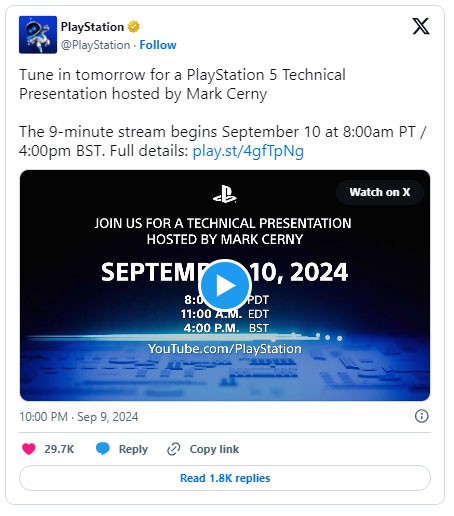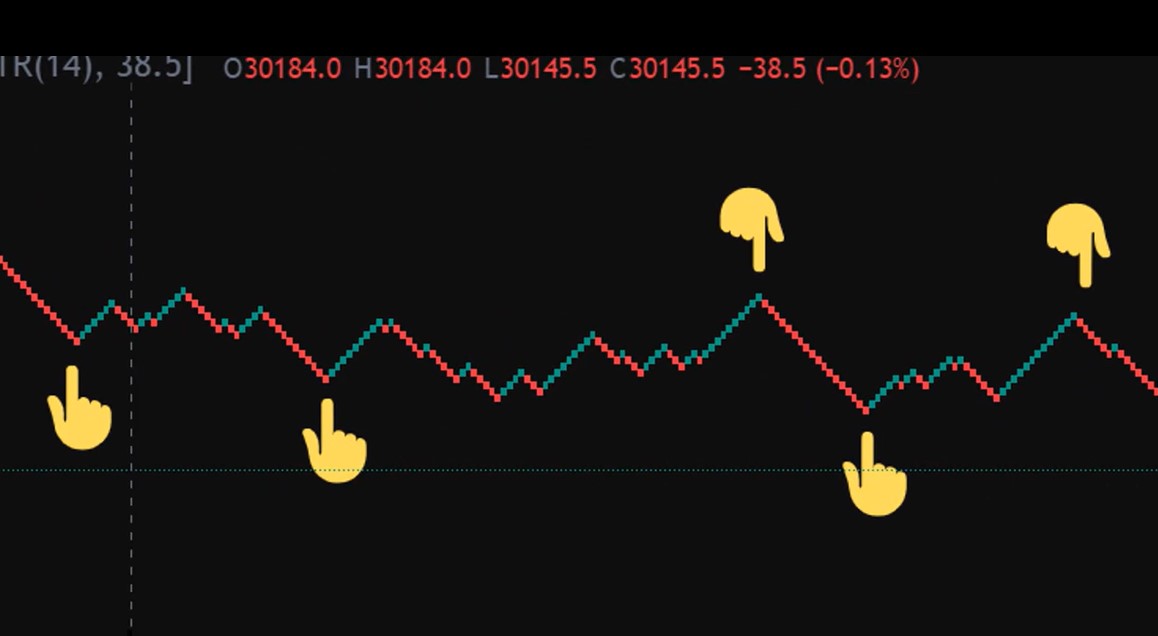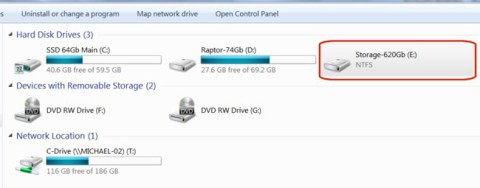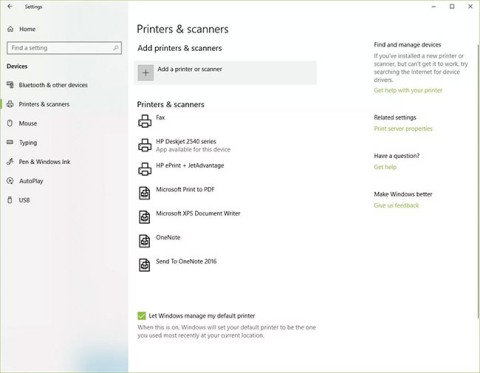The $700 list price that Sony is charging for its newly launched Playstation 5 Pro (PS5 pro) is clearly going to put off even the most ardent gamers — even if that price tag is worth the hardware upgrades inside.
However, gamers may find a new reason to pay more attention to Sony's newly launched console. According to Mark Cerny, the lead architect of the PS5 and PS5 Pro project, the next-generation Playstation model has integrated ray tracing technology that "no other AMD GPU" uses.
Cerny's comments come from an interview with CNET, in which the Sony engineer gave a glimpse into the hardware upgrades coming to the PS5 Pro. While Cerny didn't commit to any specific architectures, he did say that the ray tracing features in the PS5 Pro are being built as part of the next step in Sony's partnership with AMD, and that even current high-end GPUs like the RX 7900 XTX don't support them. In other words, it sounds like Sony will have something of an exclusive on AMD's next-gen ray tracing tech.
Since these features are part of AMD’s product roadmap, Cerny is likely talking about the ray tracing features that will be available in its upcoming RDNA 4 GPUs. While AMD has confirmed that it is working on these graphics cards, the company has yet to provide any details on a release date. Cerny’s wording is also important. The engineer says that the PS5 Pro uses a “new advanced ray tracing feature set,” not “new hardware.”
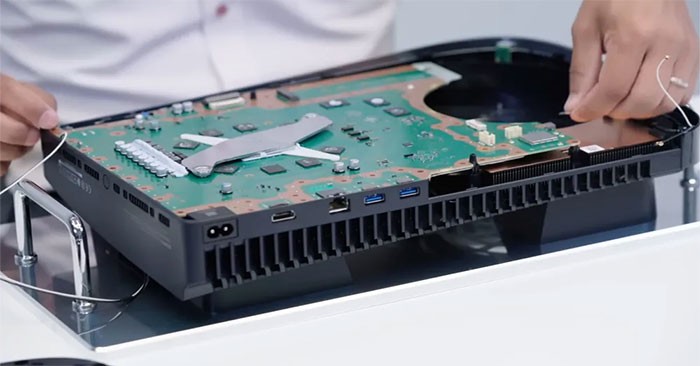
Sony says the GPU inside the PS5 Pro is about 1.67 times faster than the base PS5, but it hasn't confirmed which graphics architecture it's using. The base PS5 uses the RDNA 2 architecture, which has significantly slower ray tracing performance than the latest RDNA 3 architecture. The RDNA 3 architecture combined with some new features built for next-generation AMD graphics cards could give Sony the ray tracing improvements it's claiming.
While ray tracing is a cool feature for both PC and console gamers, the technology has yet to make a significant impact on consoles in many cases. AMD is providing graphics processing solutions for both the PS5 and Xbox Series X, while Nvidia's latest graphics cards are the dominant name when it comes to ray tracing. It's possible that AMD's latest features will change that, but we'll have to wait until the PS5 Pro launches on November 7 to get the most realistic experience.
According to information leaked by Digital Foundry, the PlayStation 5 Pro is said to have a base clock speed of 2.18GHz, with a boost clock of up to 2.35GHz at peak performance. Furthermore, the leaker revealed that key cache components will be restructured:
The 4MB L2 cache per WGP remains the same, while the L1 doubles from 128KB to 256KB to accommodate the larger number of compute units per shader. The L0 cache also improves from 16KB to 32KB, a change Sony says is to accommodate higher ray tracing performance.
The report cites Sony documents suggesting that the PlayStation 5 Pro's gaming performance will be increased by 45% over the regular version at launch, with an improvement of around 200% teraflops. The PS5 Pro is said to have 30 WGPs delivering 33.5 teraflops of performance compared to the standard PS5's 18WGPs delivering 10.23 teraflops of performance. The WGPs (Work Group Processors), which include 2 CUs (Compute Units), allow increased computing power and memory performance (thanks to LDS - local data share) to be routed to a single workgroup. VRAM memory bandwidth is around 29% from the standard PS5 to the P55 Pro.
The report therefore suggests that the PS5 Pro will be more limited by VRAM bandwidth than shaders, which is why despite the big change in TFlops, Sony is apparently still expecting a 45% performance improvement.
Recent revelations from Sony suggest that both the PS5 and PS5 Pro models have some CUs disabled, meaning the PS5 has 18 WGPs active out of 22 in a 5-4-5-4 configuration, while the PS5 Pro is said to have 30 WGPs active out of 34 in an 8-7-8-7 setup. This means that the PS5 Pro's lower clock speed of 2.18GHz can be boosted to 2.35GHz, and only certain titles can push the system to this limit.
In addition to the hardware spec upgrades, Sony is also said to be packing a slew of advanced technologies into the PlayStation 5 Pro's GPU, including more DirectX 12 Ultimate features and variable rate shading to display details in different ways across areas of the screen.
Advanced features like “hybrid” MSAA will help developers improve visuals and deliver smoother gameplay, along with full support for mesh shaders that simplify geometry processing. Sony is also expected to reengineer its remapping technique, which should benefit 60FPS gameplay on the PS5 Pro, which the standard PS5 struggles with.
